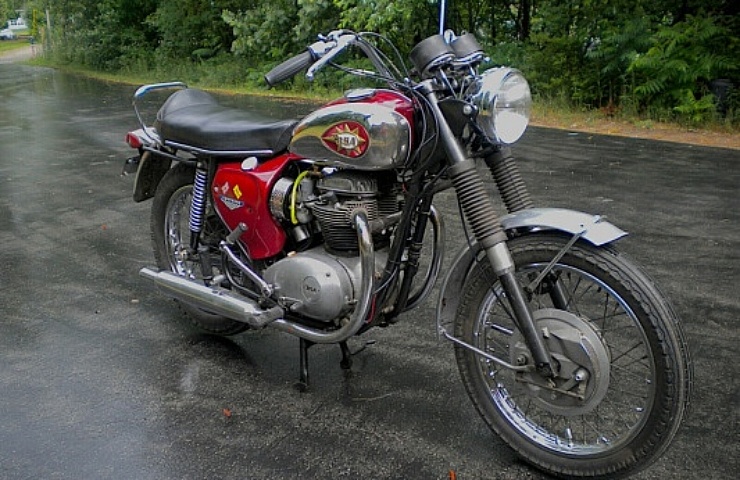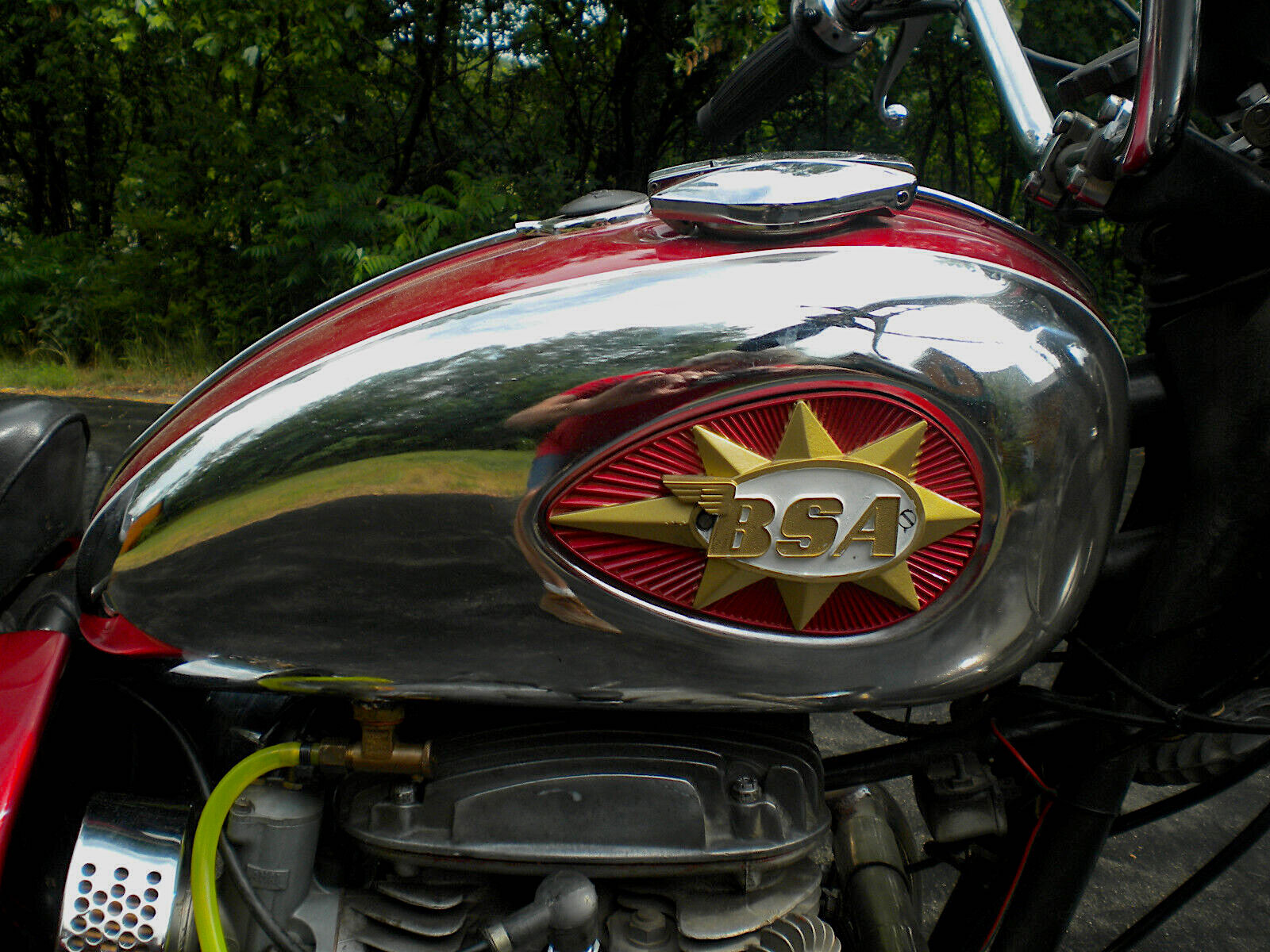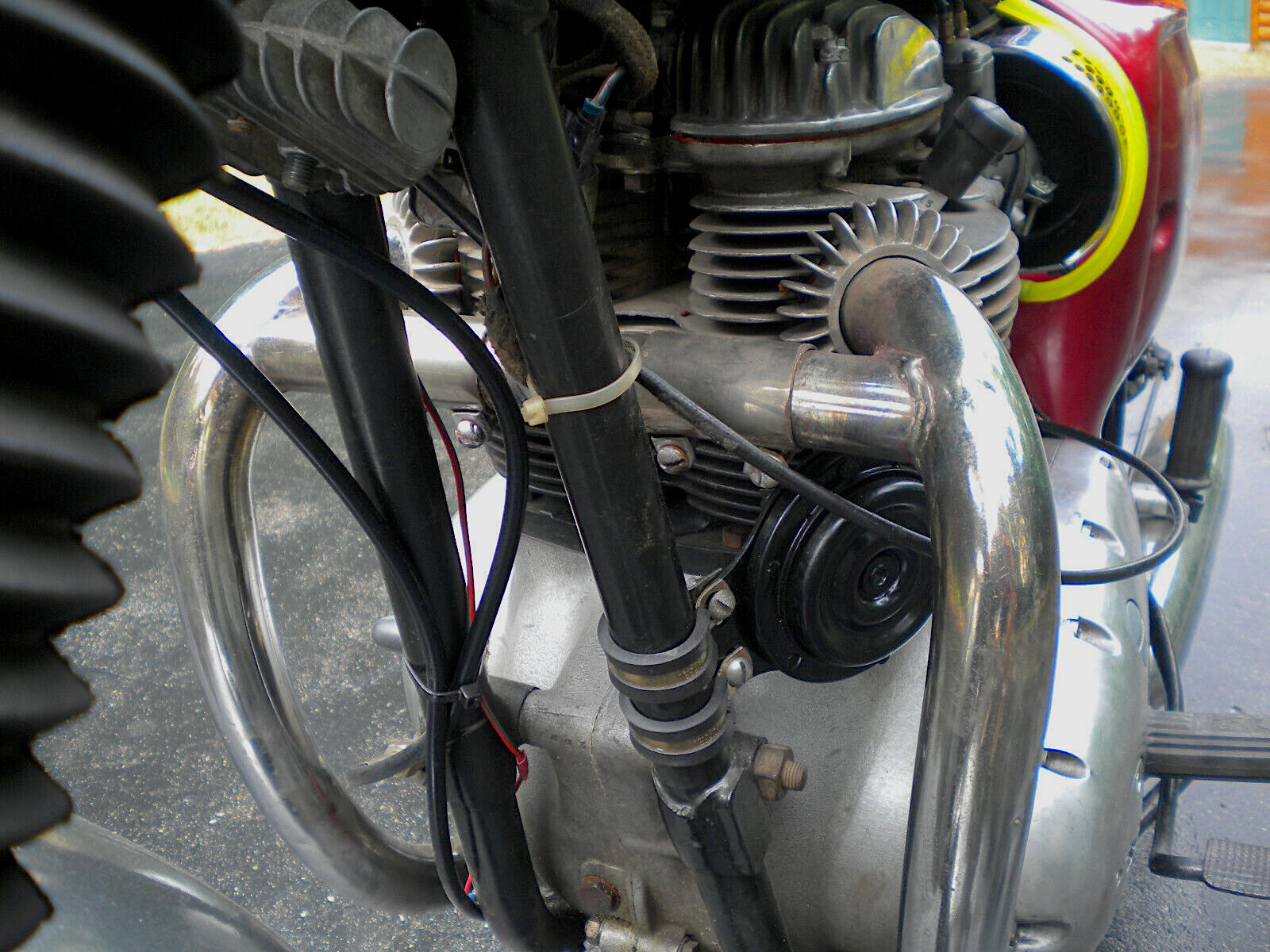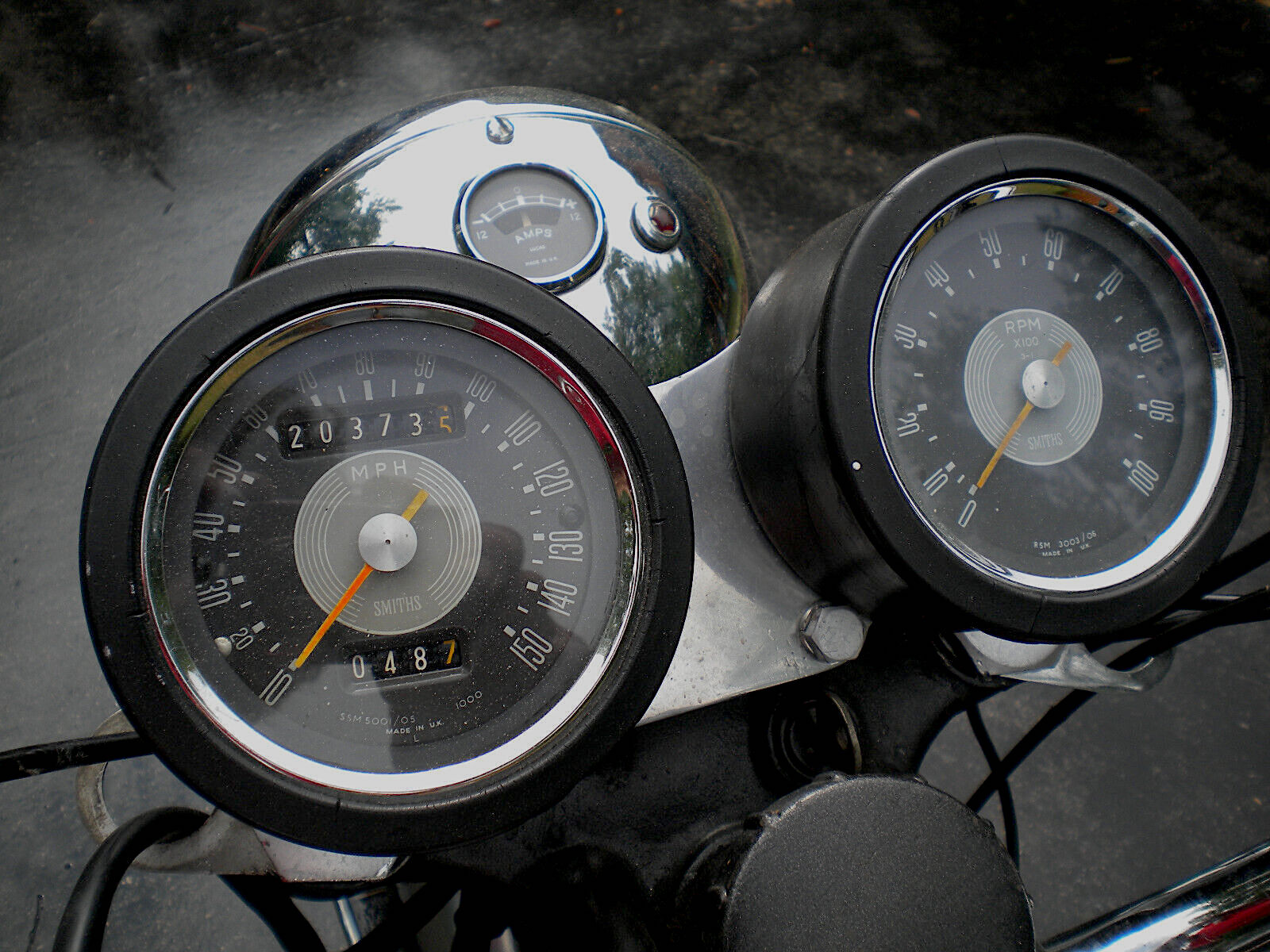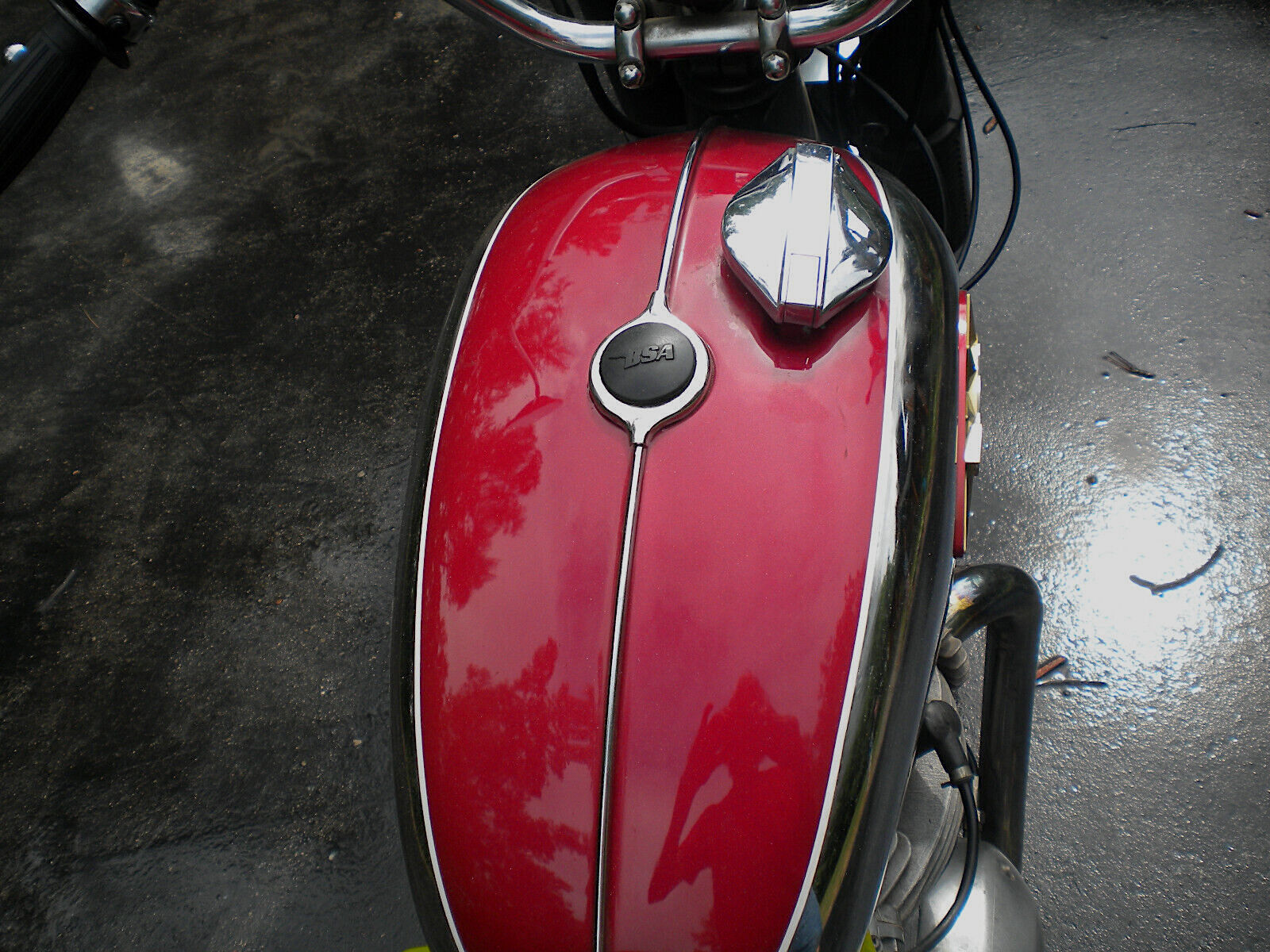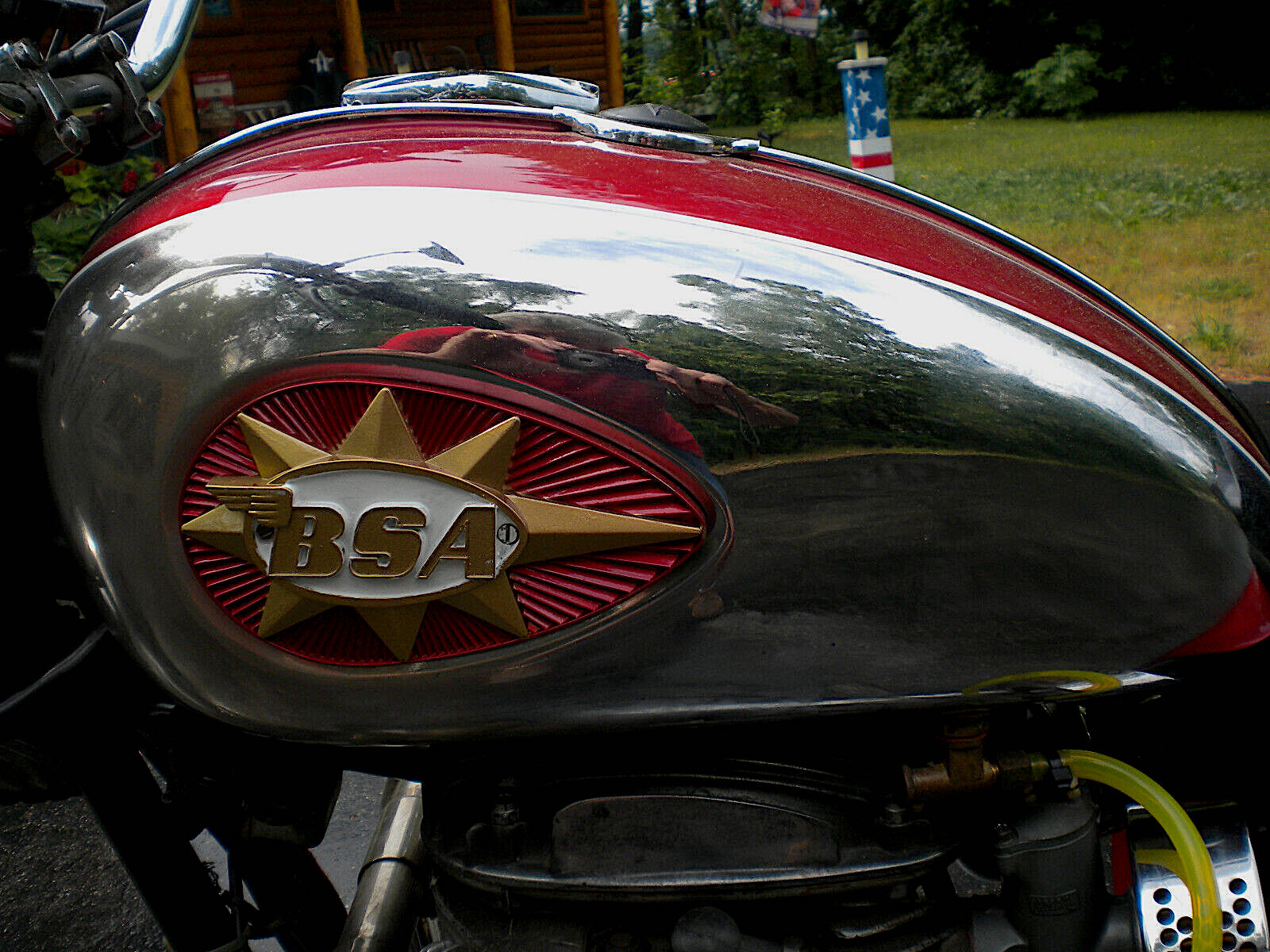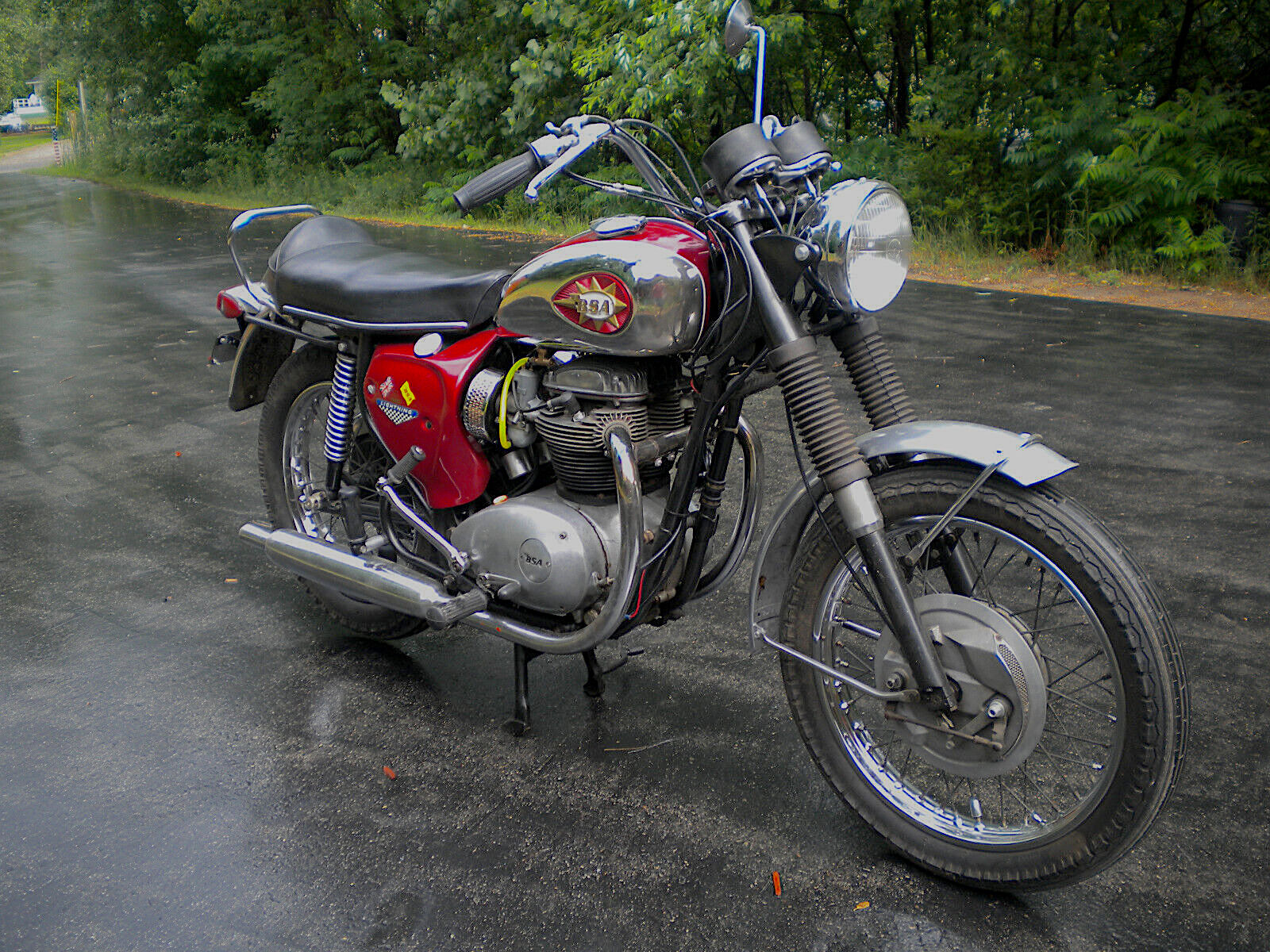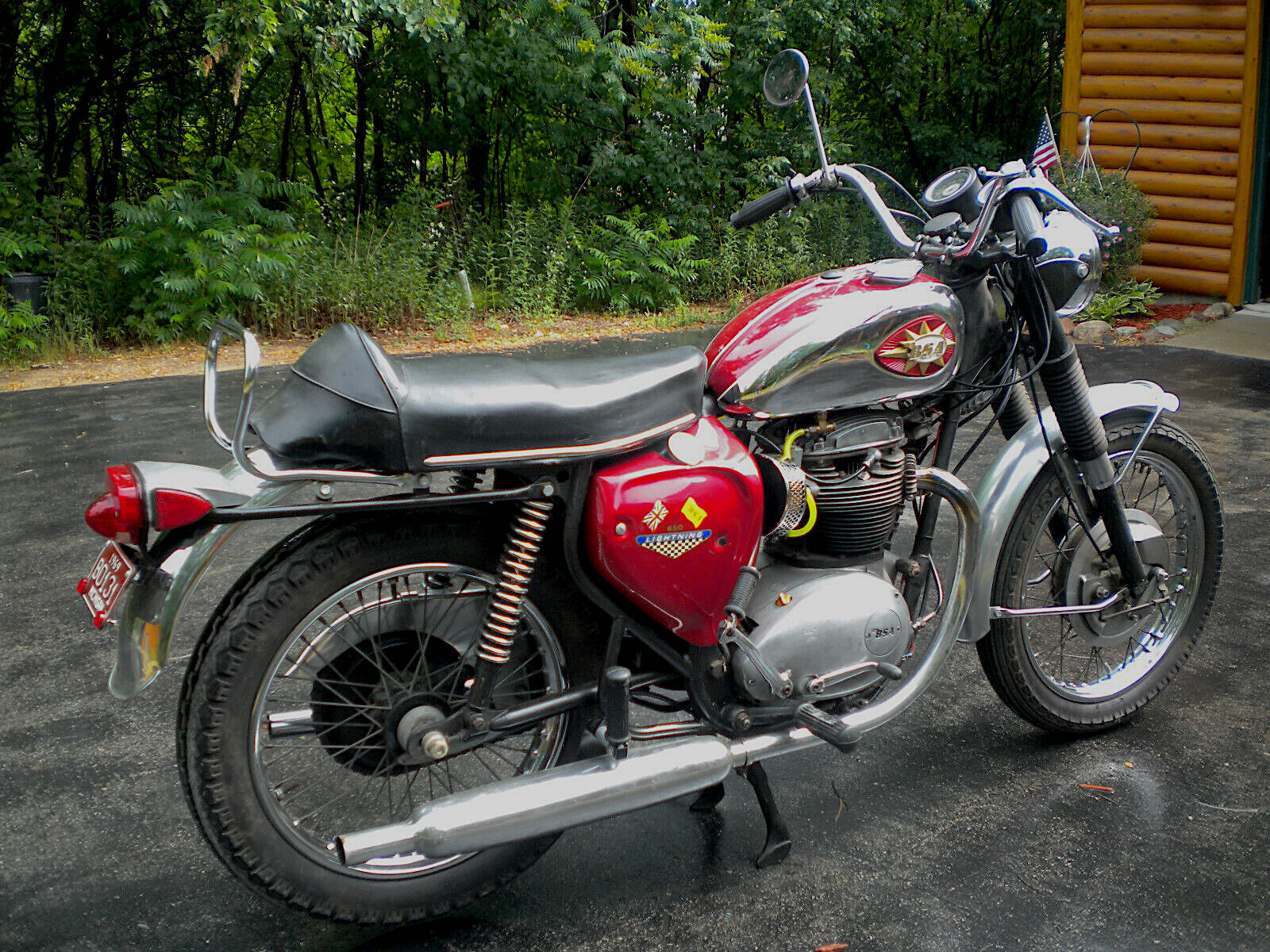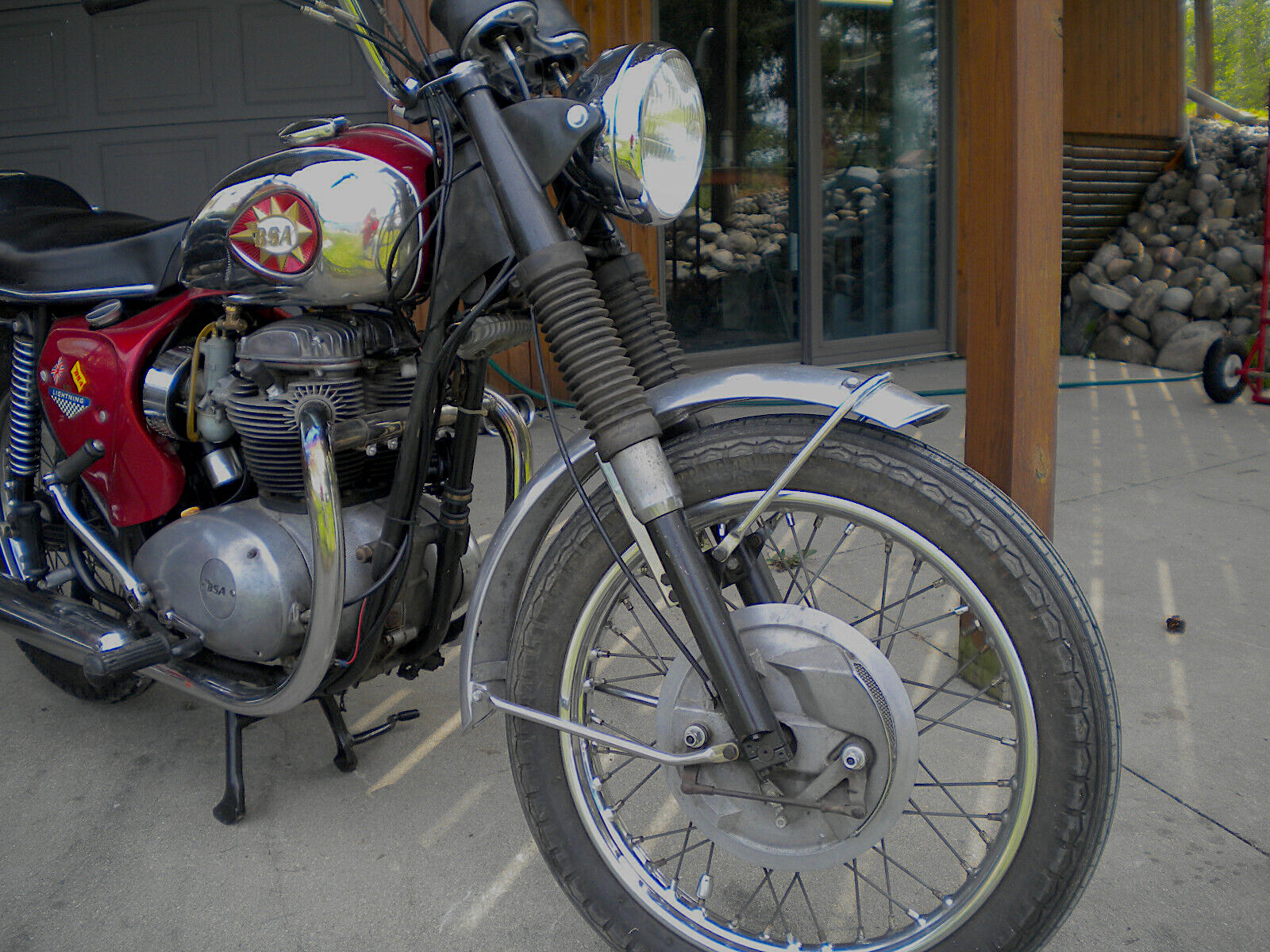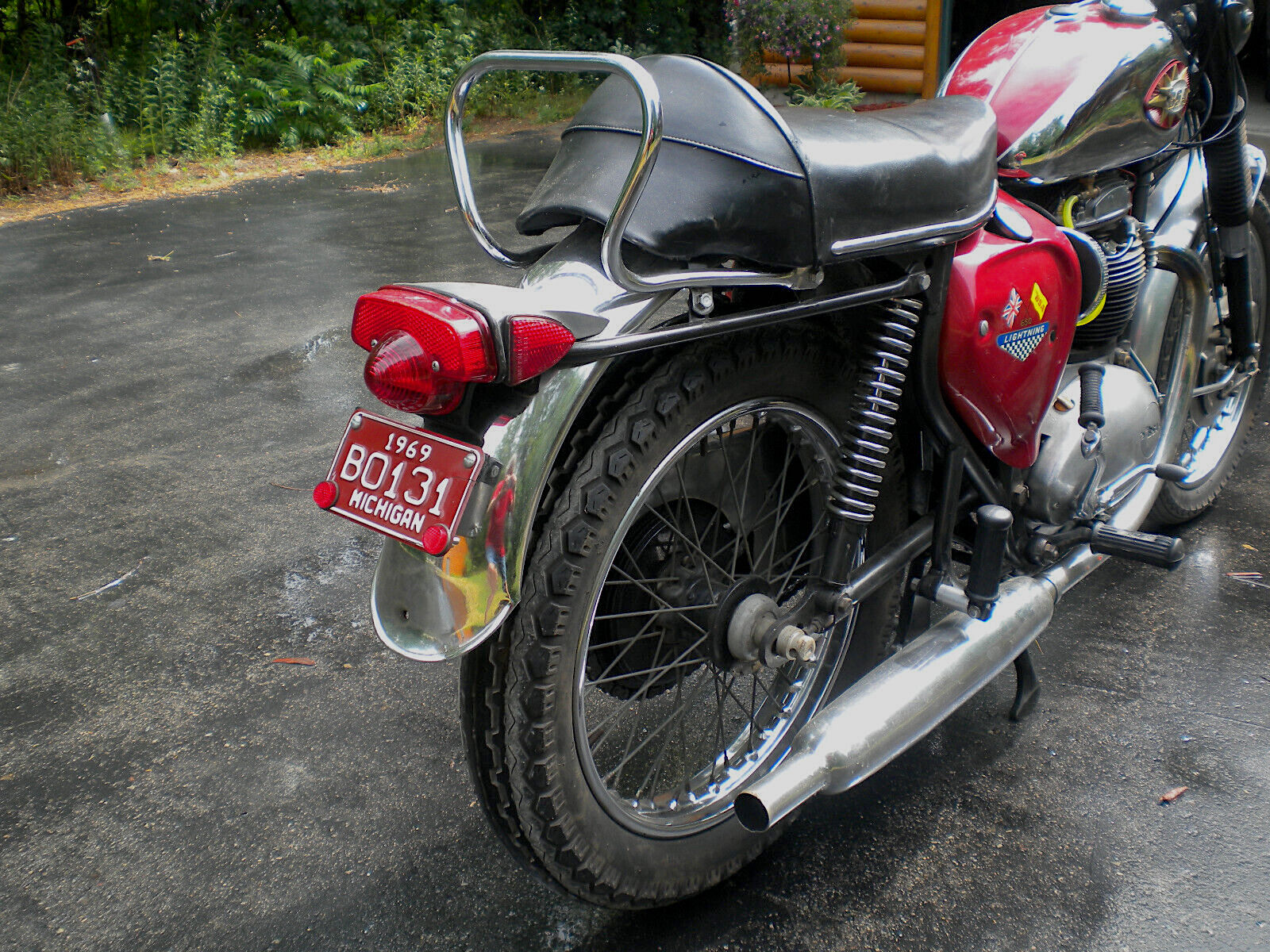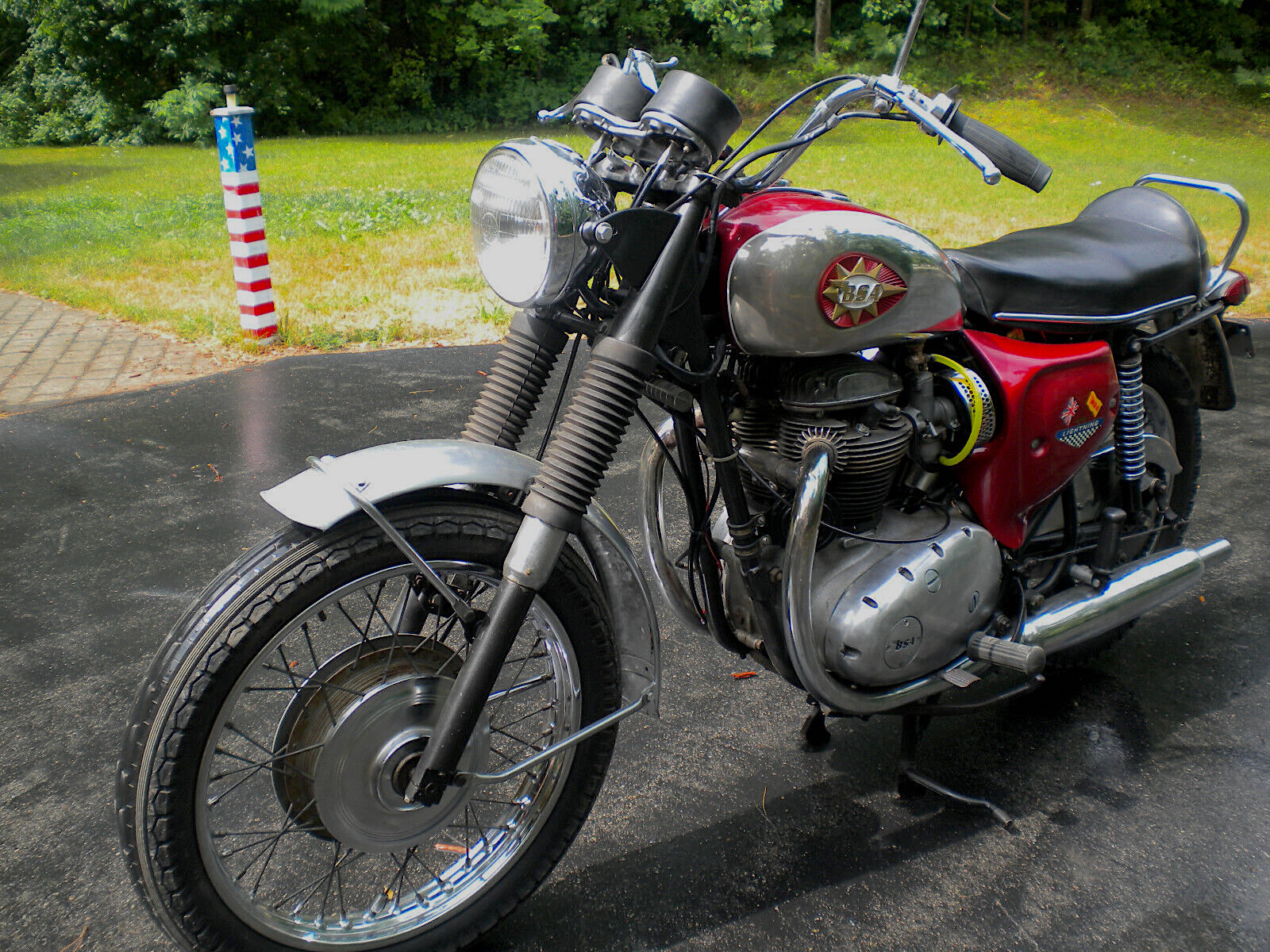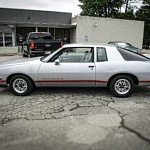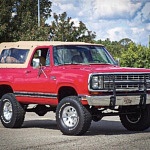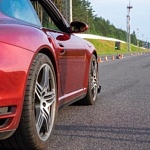The BSA Lightning (and other bikes like the Triumph Bonneville) became obsolete with the emergence of the Japanese sports bike market. Still, many enthusiasts remain devoted to old British sports bikes despite the odd oil leak.
Shop now for BSA motorcyclesStyle vs. Speed
BSA, which dominated the Daytona 200 race in the 1950s, established itself as the world’s most popular motorcycle manufacturer. At the time, BSA and Triumph were jostling for market share in North America, even though the same firm, the BSA Group, owned both.
Triumph was marketed toward the speed-hungry, while BSA was more about style and reliability. People didn’t take long to figure out they were well-matched for performance. Yet, there were crucial differences. The BSA frame was one piece, whereas the Triumph used a separate rear subframe. Triumph painted its tank, while BSA liked chrome trim.
Triple-Digit Speed and Beyond
After 1963, BSA produced its “power egg” motor. That was a departure because the engine, primary drive, and transmission were housed in one casting, which made manufacturing easier. It also slightly reduced the likelihood of oil leaks. It is a parallel twin, displacing 650cc and generating around 48 horsepower.
There’s no doubt that the BSA Lightning had enough snort to crack the “magic ton” (100 mph), as they say across the pond. But by how much depends on the level of vibration you can endure.
The faster the twin revs, the more violent the vibrations. Some pegged the limit at about 108 miles per hour. Others reckoned that it would go even higher if you could hang on. For 1969, that is legitimately fast.
Barely Any Work Required
No sooner had the BSA Lightning reached the end of its production, Honda released the CB750 Four, and the game was up for the Brits—at least until Triumph found its feet again early this century.
Vintage bikes like this BSA Lightning offer an affordable way to sample a crucial part of motorcycle history, when a hardcore biker was riding either British or American, and tinkering with it was a part of daily life. (Japanese bikes didn’t require owners to invest as much time to keep them running.)
The BSA Lightning for sale on eBay could be your ticket to ’60s British bikes. The frame and engine numbers match, meaning its engine block left the factory in this frame, an essential fact for collectors.
The seller tells us that the bike starts, runs, and rides as it should, with no unwanted noises and no dents. However, the front fender has to be re-chromed and it needs a replacement rear fender. Also, the seat has a tear, so it needs to be re-covered. That adds up to a fun light project. This easy work is all it would take to yield a delightful and rideable piece of motorcycle history.
Shop now for BSA motorcycles
